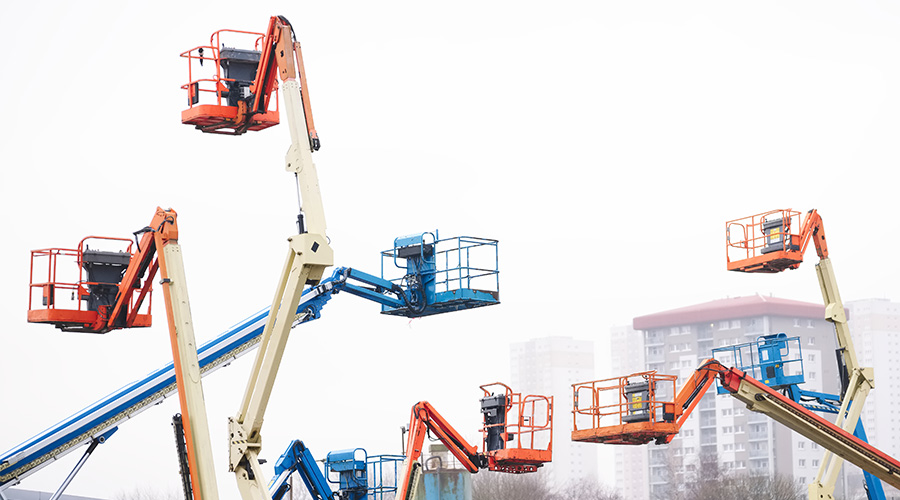Proper Shelving Options Important to Solve Storage Issues
Shelving can provide excellent parts storage if storeroom supervisors use the horizontal and depth features completely and effectively. Otherwise, they risk wasting shelf space. They can adjust the distance between shelves according to the height of the parts they hold. Managers should avoid buying shelving units that are bolted together, as well as the type available in retail hardware and home improvement stores. Managers considering the purchase of shelving should consider these guidelines:
- Buy closed shelving, where the backs and side are solid, not open. This construction contributes to the overall cleanliness of the parts.
- Use shelving that is 36 inches wide. Shelving that is 48 inches wide is acceptable, though more expensive.
- Use a common back panel for back-to-back installations.
- Install side and back cross braces to increase stability for open shelving that has no backs or sides.
- Use medium-duty, 22-gauge shelving, which has a 600-pound load capacity.
- Consider using in-shelf drawer units that are knee-to-shoulder level as a way to increase the density of parts storage.
- Buy shelving that is 72-87 inches high. Shelving higher than 6 feet requires supervisors and technicians to use a step stool or safety ladder.
Managers should not purchase shelving that is more than 87 inches high. Parts-storage and retrieval, visibility, and access (safety) are major concerns. Also, storerooms should feature bin boxes that are metal or sturdy plastic to increase part-storage density. Cardboard bin boxes are not durable. In addition, they absorb ink and label glue over time, and parts information written on their front tabs becomes faded and illegible, and paper labels fall off.
Shelving-Depth Options
12-inch-deep shelving. A number of inventory-management applications use 12-inch shelving, but managers generally should avoid purchasing or installing it unless the clear majority of the parts to be stored on them — more than 80 percent — are less than 12 inches long. In some storerooms, such shelving works well, especially where smaller mechanical, electrical, bearings, and OEM parts fit neatly on the shelf.
Frequently, when parts are too large or too long to be stored on this shelving, supervisors place them on the top shelf of the unit. But if the storeroom's ceiling is low, this tactic can present a real danger to fire-sprinkler head or light fixtures when supervisors move the parts. Parts longer than 12 inches usually are stored lengthwise, wasting valuable storage space on the shelf because no other parts can be stored there.
While supervisors can store parts too large to be neatly stored on 12-inch-deep shelving in other locations, this step can lead to lost or damaged parts, decreasing consolidation and efficiency and increasing overall carrying costs.
18-inch-deep shelving. 18-inch-deep shelving provides the optimum storage depth for most parts in an MRO parts storeroom. These shelves provide the proper room to store parts behind one another, especially if parts are in OEM boxes. Supervisors also can subdivide metal or plastic bin boxes with dividers or bin cups. In applications using this shelving, part consolidation and organizing increased part storage density. Part consolidation contributes to reducing the number of like parts requiring storage while lowering the overall inventory value.
24-inch-deep shelving. Shelving this deep is the least useful for general-parts storage. They waste considerable shelf depth space if parts are not 22-24 inches long.
Related Topics:














